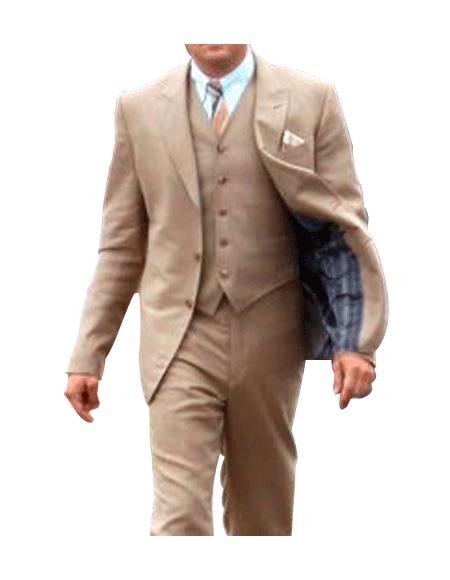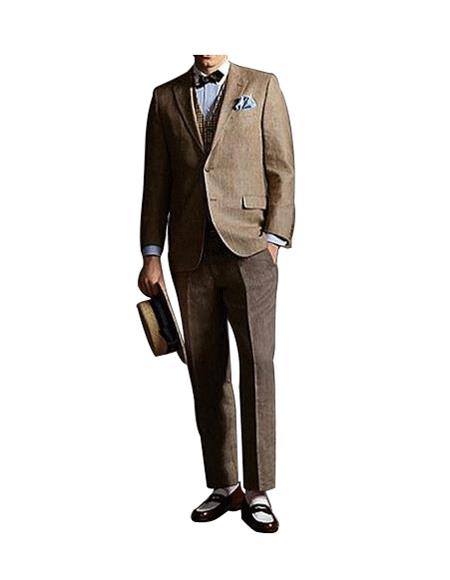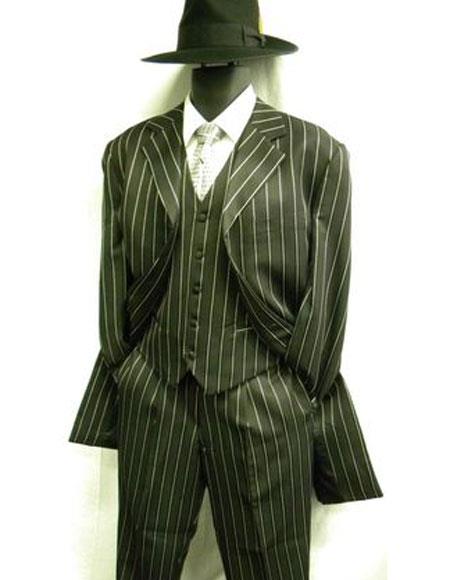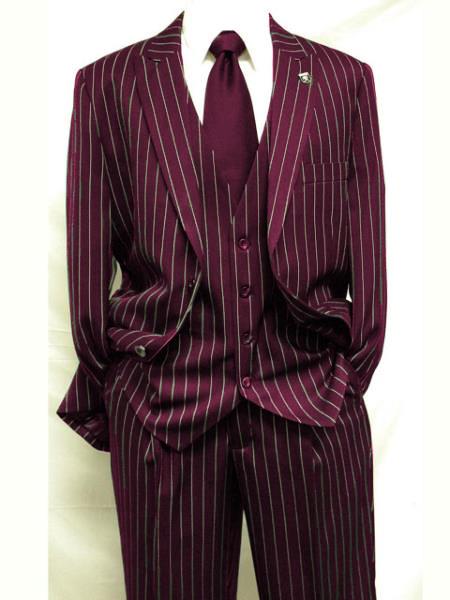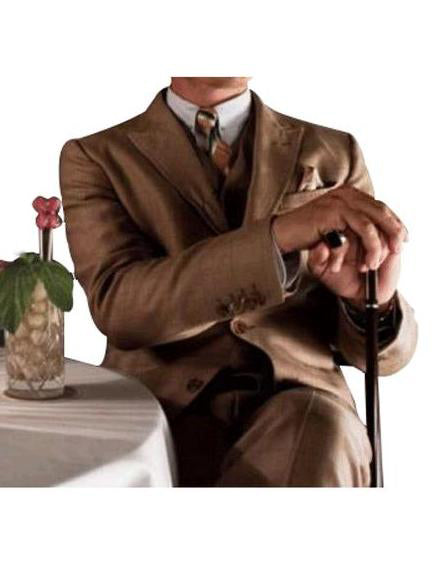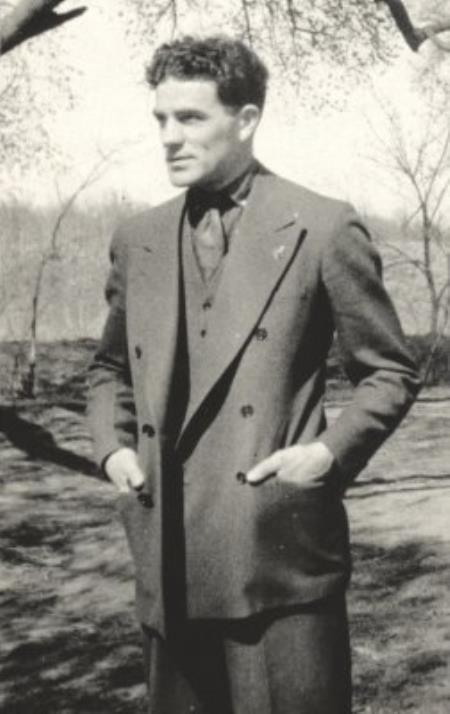1920s Mens Clothing
Filters
Men's Brown Costumes Outfit Male Attire Great Gatsby Men's Clothing
Sale price$139.00
Men's Lucci Suit Black Blazer Peak Lapel Double Breasted
Sale price$159.00
Men's Great Gatsby Brown Suit
Sale price$139.00
1920s Men’s Clothing: A Simple Look into Classic StyleThe 1920s was a decade of big change. After World War I, men started dressing differently. Life was starting to feel modern, and so did fashion. Men's clothing in the 1920s was neat, classy, and sharp. This was the era when suits became a daily thing, not just for b…
1920s Men’s Clothing: A Simple Look into Classic StyleThe 1920s was a decade of big change. After World War I, men started dressing differently. Life was starting to feel modern, and so did fashion. Men's clothing in the 1920s was neat, classy, and sharp. This was the era when suits became a daily thing, not just for business, but for showing style. Whether rich or working-class, most men tried to look tidy and well-dressed.Let’s start with suits, because they were the backbone of a man’s wardrobe in the 1920s. Almost every man wore a suit, and not just for fancy occasions. These suits were made of wool, which was the most common fabric at the time. Wool was strong, warm, and held its shape well. In winter, men wore heavier wool suits. In summer, lighter wools or even linen were used. Linen was cooler, but it wrinkled easily. Still, it was a popular choice for hot weather.The typical suit had a matching jacket and trousers. Vests, or waistcoats as they were often called, were also common, making it a three-piece suit. This added a touch of formality and also kept a man warm. Trousers in the 1920s were high-waisted and wide at the top, sometimes with pleats, but they narrowed at the ankles. This gave a strong, masculine shape.The jacket was cut in a way that gave men a broader chest and slimmer waist. Most jackets were single-breasted with two or three buttons. Double-breasted styles were around too, often worn by older or more conservative men. Patterns like pinstripes or checks became more popular as the decade went on. Colors were often dark – navy, charcoal, or brown – but during the day, lighter shades like beige and gray appeared.Shirts were almost always white or light-colored, and made from cotton. They had detachable collars at the start of the decade, but by the late 1920s, attached collars were more common. Collars were stiff and pointed, giving a crisp look. Shirts had long sleeves with buttoned or cuffed ends. Stripes or pale pastels like light blue or soft pink became more stylish later in the decade.Men wore ties or bow ties almost every day. Ties were narrower than today’s, and usually made of silk or a silk blend. Patterns were often geometric, striped, or plain. The Windsor knot wasn’t yet common, so most men tied a simple four-in-hand knot.Let’s not forget hats. No man in the 1920s went outside without one. The most common hat was the felt fedora – stylish and practical. Other popular choices were the Homburg (a more formal hat with a curved brim), bowler hats (round and stiff), and flat caps (especially among working men). In summer, straw boater hats were also worn, especially with casual or sports outfits.Footwear was mostly leather. Men wore Oxford shoes, which were laced and had a simple, clean look. Brogues, with decorative holes, were also becoming more common. Colors were usually black or dark brown. Spats – short cloth or leather coverings over shoes – were worn by stylish men, mostly in earlier parts of the decade.Outerwear mattered too. Overcoats were long and made from thick wool or tweed. These kept men warm during cold seasons. Trench coats, leftover from the war, also became fashionable. They were often beige or khaki and had a belt. Leather jackets, worn by pilots and race car drivers, started to appear, but were still not everyday wear for most.Accessories added the finishing touch. Pocket watches were still in use, although wristwatches were becoming more popular. A well-dressed man often had a handkerchief in his breast pocket, maybe a walking stick, and leather gloves in colder weather. Suspenders (or braces) helped keep trousers up, since belts weren’t as common yet.Even casual clothing was neat. For sport or leisure, men wore plus fours – baggy, knee-length trousers – with long socks, sweaters, and collared shirts. Knitted vests or cardigans were common for golf or casual strolls.In summary, 1920s men’s clothing was all about looking polished. The fabrics were mainly wool, cotton, and linen. The style was structured but starting to soften a little, moving toward comfort without losing class. Whether rich or poor, young or old, every man aimed to look respectable. The 1920s gave us a timeless look: the classic gentleman in a smart suit, polished shoes, and a proper hat.












